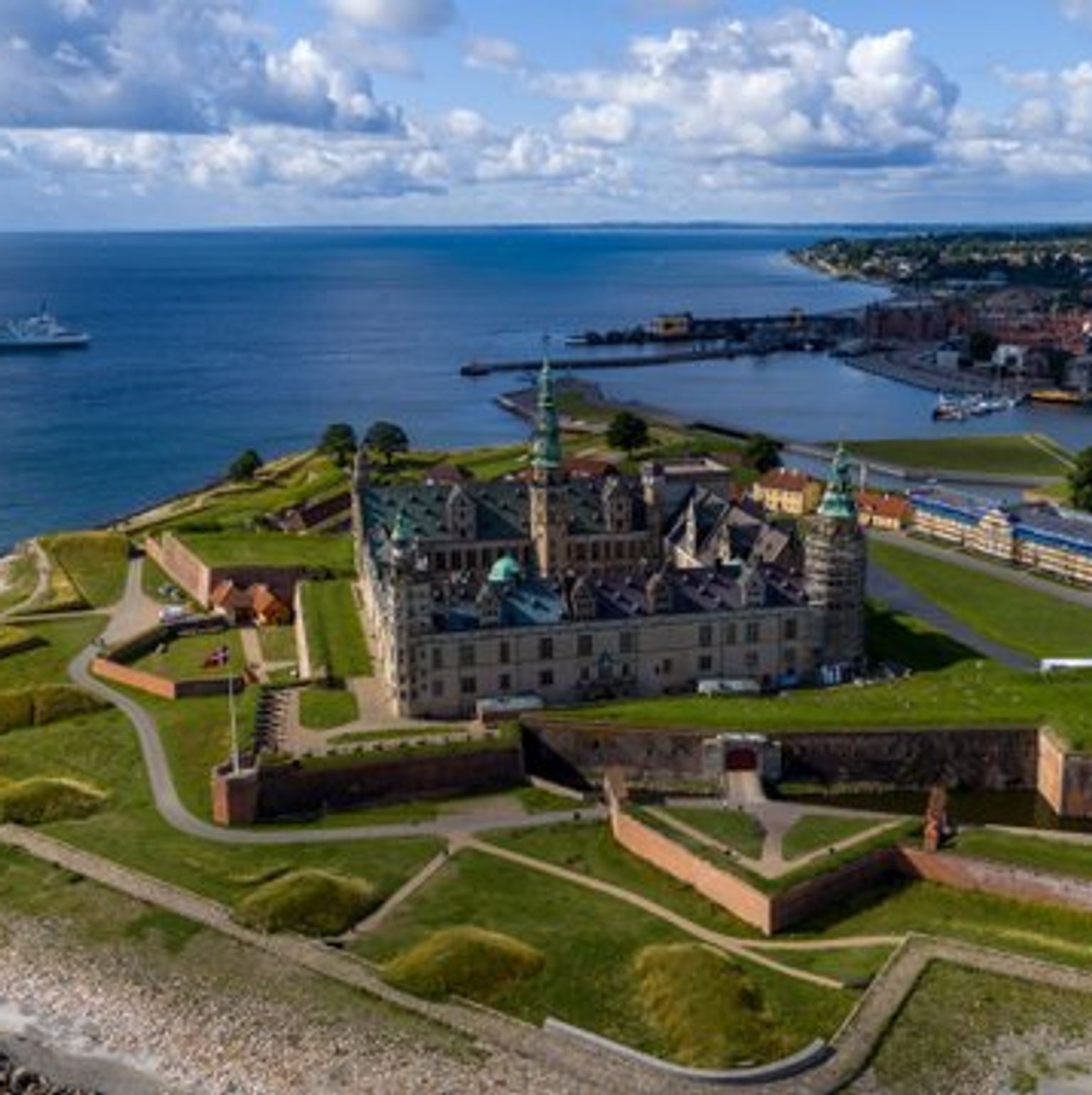The history of Kronborg is steeped in drama. It's renaissance kings, forbidden love, brutal wars, and grand celebrations that echoed across Europe.
For centuries, Kronborg stood as a stronghold of royal power, not only in Denmark but throughout Northern Europe. Wander through the long corridors, winding staircases, and magnificent ballroom to explore a castle that have witnessed some of the most pivotal moments in Danish history.
Highlights at Kronborg
1.
The European Elite Raved Like Royals at Kronborg
At the king’s feasts, the celebrations were wild in true Renaissance fashion—sometimes quite literally explosive. When the music played and the guests raised their glasses, the sound echoed across the Øresund. Each time the king toasted, cannons fired across the strait in response. These grand events became legendary across Europe and even inspired Shakespeare’s dramatic tale of the Danish prince, Hamlet.
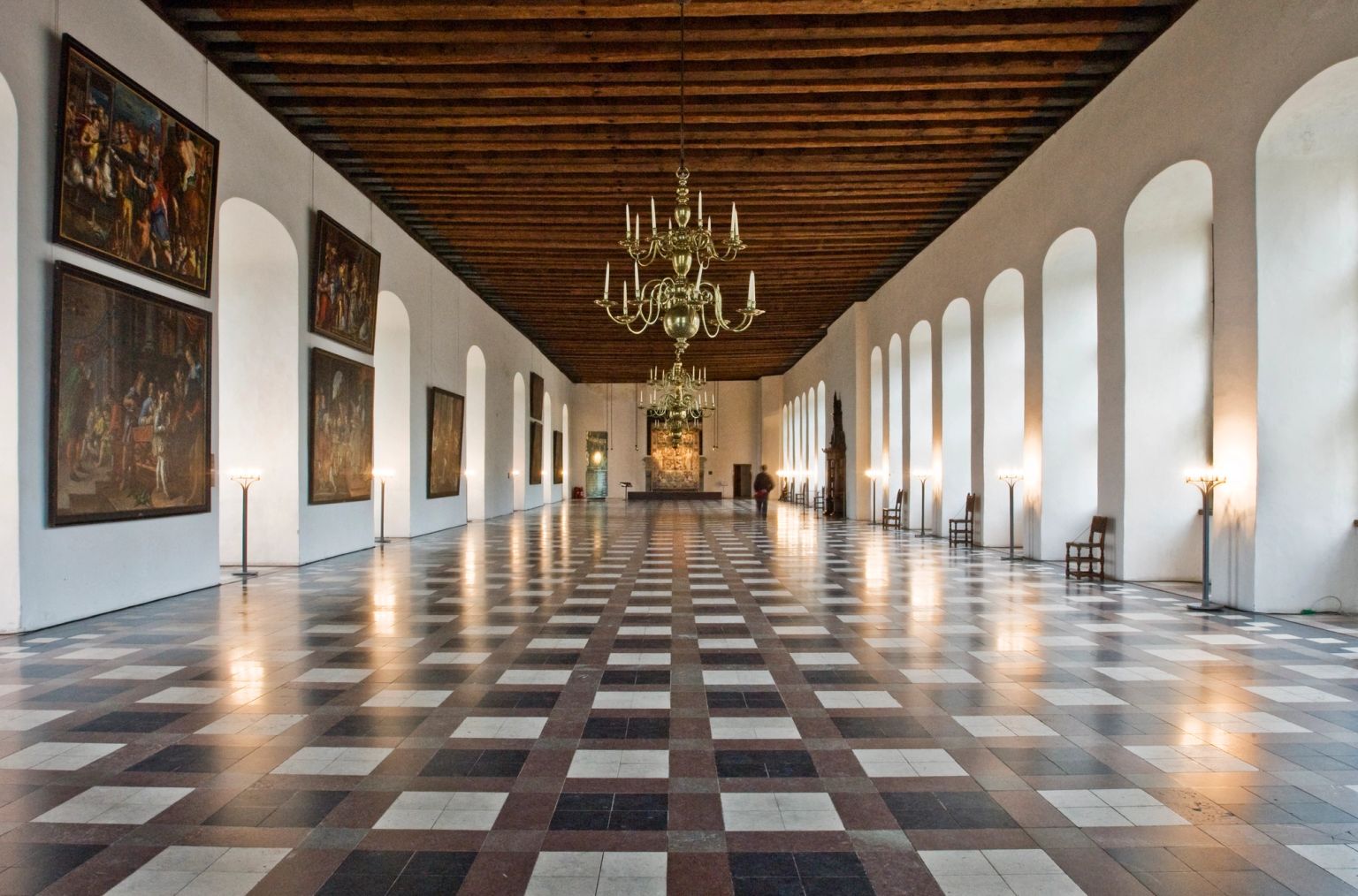
2.
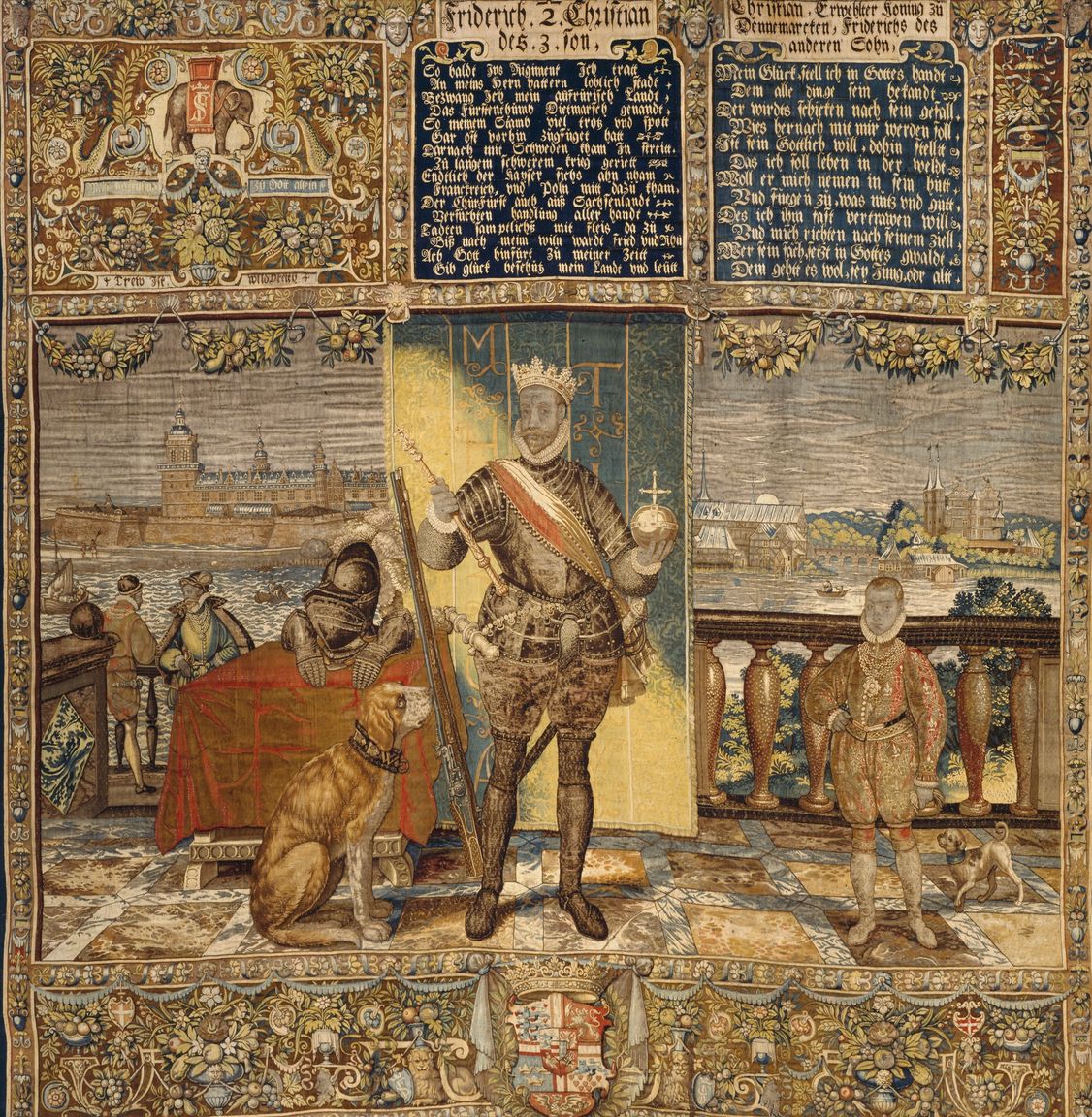
The tapestries at Kronborg
Pomp, Pageantry and Propaganda
The tapestries at Kronborg are the very essense of royal showmanship. Commissioned by Frederick II, they were designed to flaunt his power and prestige. A total of 43 tapestries were created, portraying 101 rulers - from the legendary King Dan to Christian IV - woven from the finest silk by some of Europe’s most skilled artisans. But these weren’t just ballroom decorations; they were grand statements, embellishing the legacy of Denmark’s kings and their triumphs. Today, only 15 of these treasures remain and some of them are on display right here at Kronborg.

The tapestries at Kronborg
3.
The High Price of Love
Caroline Mathilde’s story is one of passion and tragedy. As queen, she fell deeply in love with the king’s physician, Struensee. Their forbidden affair shook the royal court and ended in disaster. Struensee was executed, and Caroline Mathilde was imprisoned here at Kronborg. Banished to Germany, she was never reunited with her children. She died in exile, only 23 years old.
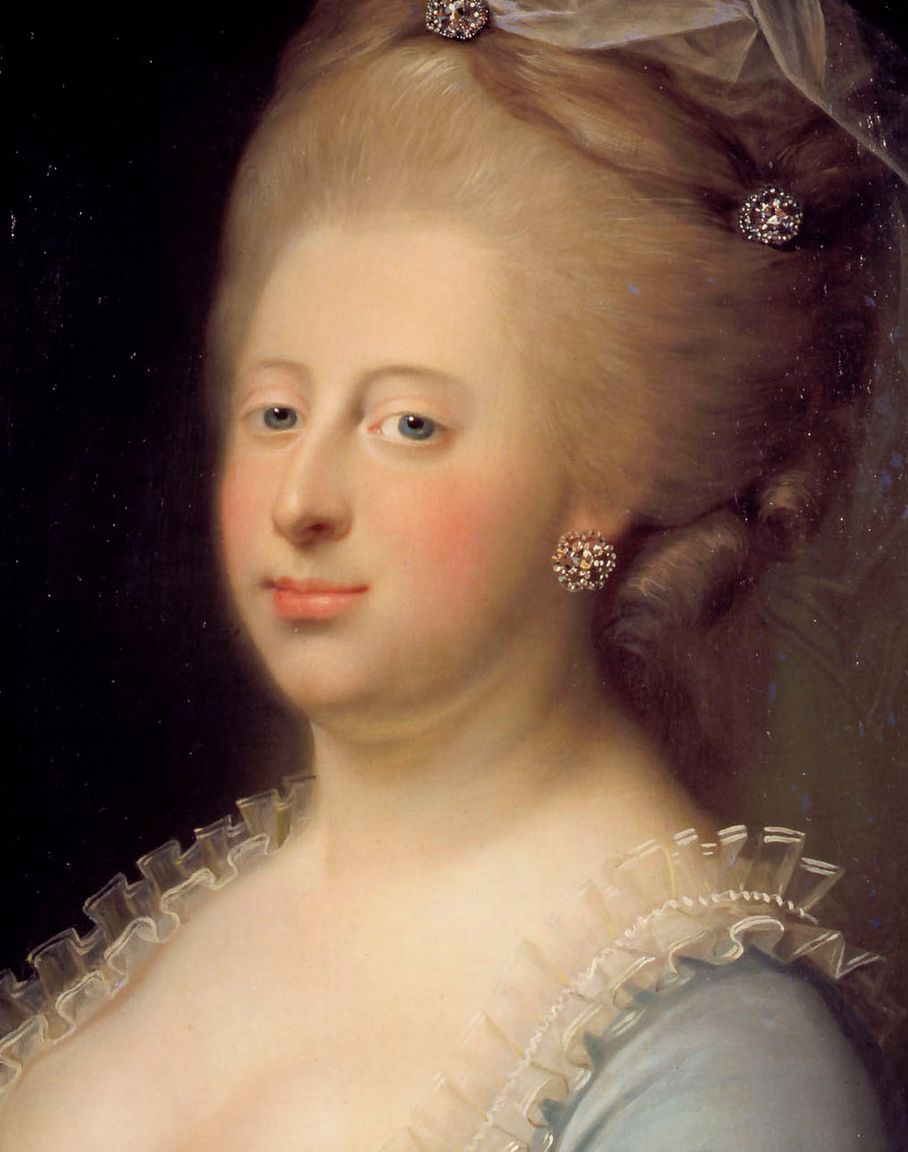
Caroline Mathilde
4.

Grand Feasts and Over-The-Top Extravagance
While the royals dined in luxury, the kitchen was hard at work in heat, stress, and secrecy. The cupbearer’s job? Make sure no one was trying to kill the king - every sip and bite was a potential threat. Meanwhile, the head chef juggled rare, expensive ingredients flown in from across the world, creating a feast fit for a monarch.
Step into the royal kitchens, where up to 50 elaborate dishes were whipped up for a single banquet. These weren’t just meals - they were marathons. Some dinners dragged on for over nine hours, with planned breaks and even vomit buckets so guests could keep eating.

5.
The Last Remains of the Original Castle
In 1629, Kronborg burned down. Only the chapel was kept safe from the fire. Christian IV rebuilt the castle but made sure to leave his mark on the new design, adding his own royal box in the chapel, where he could sit high above both the priest and the commoners. No one was meant to doubt the hierarchy between church and king, or who truly held the power.

6.
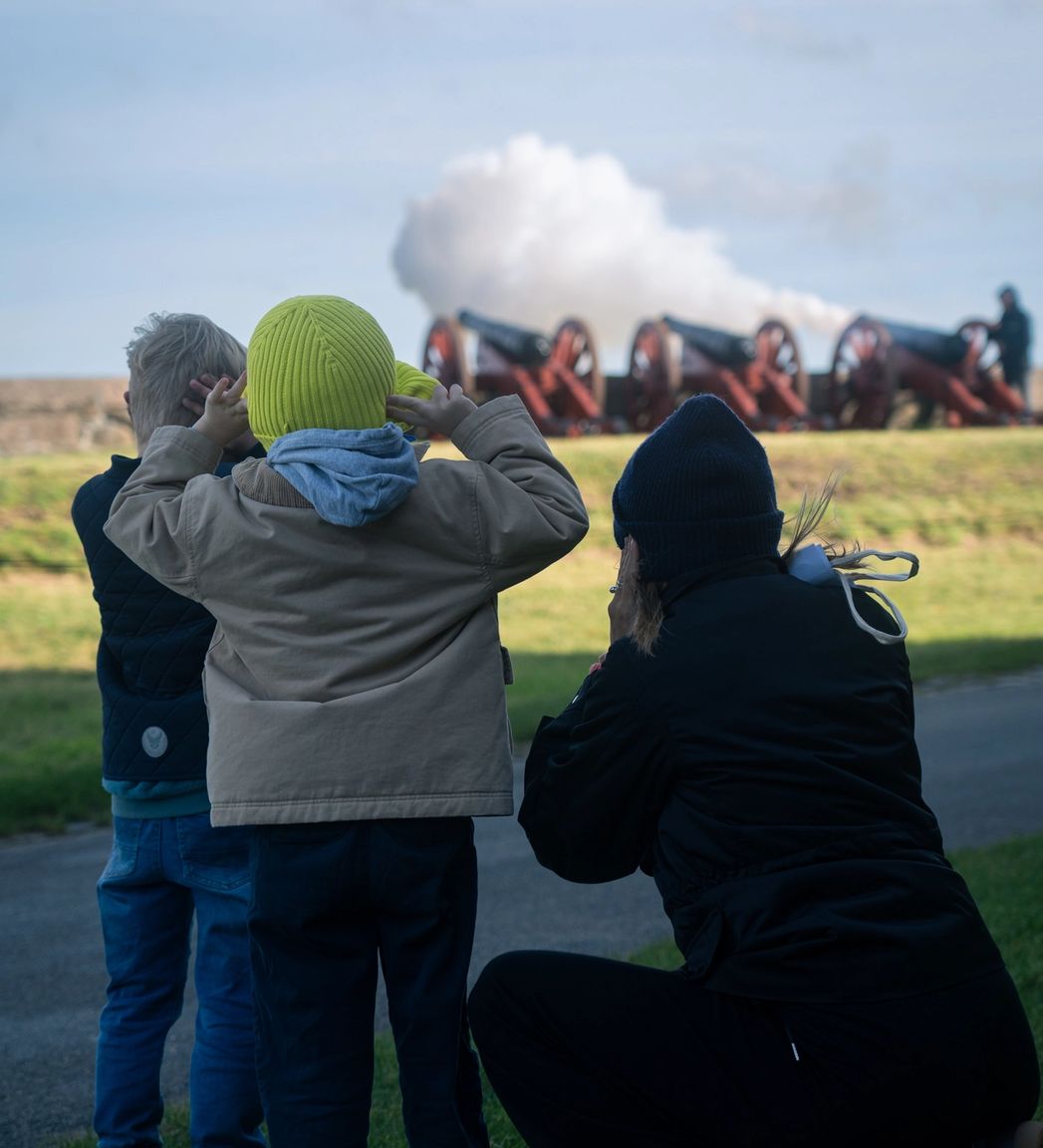
Cannons and Gunpowder at Kronborg
If you’re lucky, you might catch the impressive cannons at Kronborg in action. On special occasions, they’re still fired, letting you feel the powerful thrill of this ancient tradition firsthand. The cannons have long been part of the castle’s history - used for both defense and celebration. Today, they’re fired as a tribute to the past, filling the castle with thunder. Keep an eye on the calendar - maybe during your visit, you’ll hear the cannons roar.
Read more about cannon salutes here
